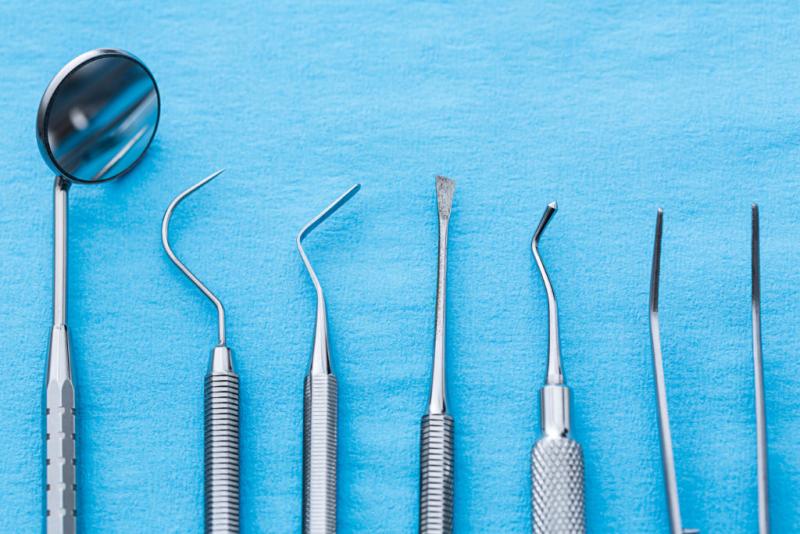What are Reprocessed Medical Devices?
Medical devices such as endoscopes, laparoscopic instruments, orthopedic implants and other surgical equipment are commonly reused after initial sterilization and refurbishing. This process of cleaning, disinfecting, inspecting, testing, repairing and repackaging used medical devices for reuse is known as reprocessing. Reprocessing aims to make expensive medical tools more affordable and accessible to hospitals and patients.
Cleaning and Disinfection Processes
The first step in reprocessing involves thoroughly cleaning all internal and external surfaces of a used medical device to remove any residue. Automated endoscope reprocessors are commonly employed for cleaning complex instruments like endoscopes that have long internal channels and crevices. High-level disinfectants or sterilants are then used to kill pathogens. The FDA has approved several chemicals for reprocessing, including peracetic acid, hydrogen peroxide and glutaraldehyde. Reprocessors have detailed protocols and quality checks to ensure all areas are properly disinfected.
Inspection and Testing
Once cleaned and disinfected, devices undergo visual and functionality inspections. Endoscopes may be illuminated and sensors checked for integrity. Mechanisms are examined for wear and tear. Leaks tests are conducted to find imperfections. Some instruments require functionality tests to ensure movable parts operate safely and as intended. Imaging and fluorescence tests aid thorough inspection. Any defects detected are either repaired or the device is taken out of service.
Repair and Refurbishing
Minor damage like broken clips or joints are repaired by experienced technicians. Worn out parts may be replaced to restore normal working condition. After repair, devices go through the same cleaning, disinfection and inspection steps again. Refurbishing restores a used device to an "like new" state by replacing components to meet original equipment manufacturer's specifications. This returns instruments to their intended functional lifespan.
Sterilization and Packaging
The final stage is high-level sterilization using methods approved for reprocessed devices. Steam sterilization in an autoclave is common. Instrument sets are assembled and packaged along with sterilization indicators and expiration date labels. Sterile packaged sets are stored and distributed to hospitals. Facilities perform final packaging integrity checks before use.
Quality Assurance and Regulations
Reprocessors are regulated by the FDA to ensure patient safety. They must be registered, list all medical devices reprocessed and follow good manufacturing practices. Facilities are inspected and audited routinely. Detailed quality control systems track each device and audit every step. Bioburden testing checks cleaning efficacy pre-and post-sterilization. Strict standards are in place for personnel training, documentation and complaint handling. Third-party quality certifications help boost trust in reprocessing.
Safety and Benefits of Reprocessed Devices
Numerous infection control and epidemiological studies comparing new and reprocessed devices found no increased risk of infection or malfunction when proper protocols are followed. This lowers costs for healthcare facilities without compromising safety. Reprocessing and reuse helps address device shortages and maximizes the lifespan of expensive medical equipment. It provides affordable access to advanced medical technologies for communities and hospitals that cannot otherwise afford new devices. With appropriate quality controls, reprocessing can be a safe and effective means to stretch healthcare budgets while sustainably managing medical waste.
In summary,reprocessed medical devices aims to safely extend the usable lifetime of medical devices through multistep cleaning, disinfection, inspection, repair and sterilization. It helps address the growing costs of healthcare while expanding access. Strict federal regulations and quality systems ensure patient safety is maintained equal to new devices when standard protocols are strictly followed at certified reprocessing facilities. Overall, it is a valuable means to support sustainable healthcare worldwide.
